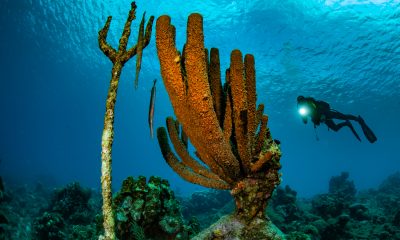News
Why don’t Diving Rules apply in the UK?
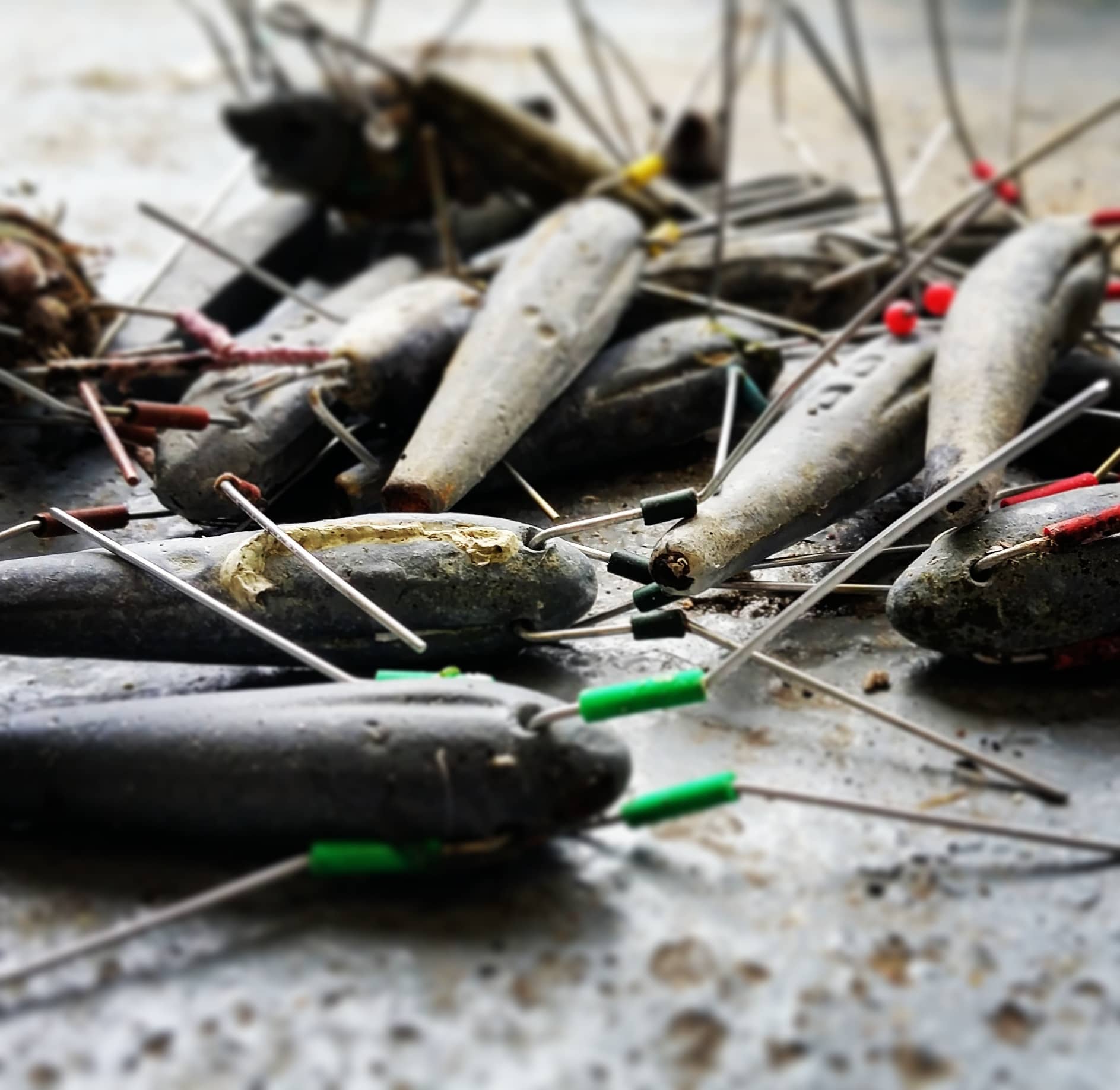
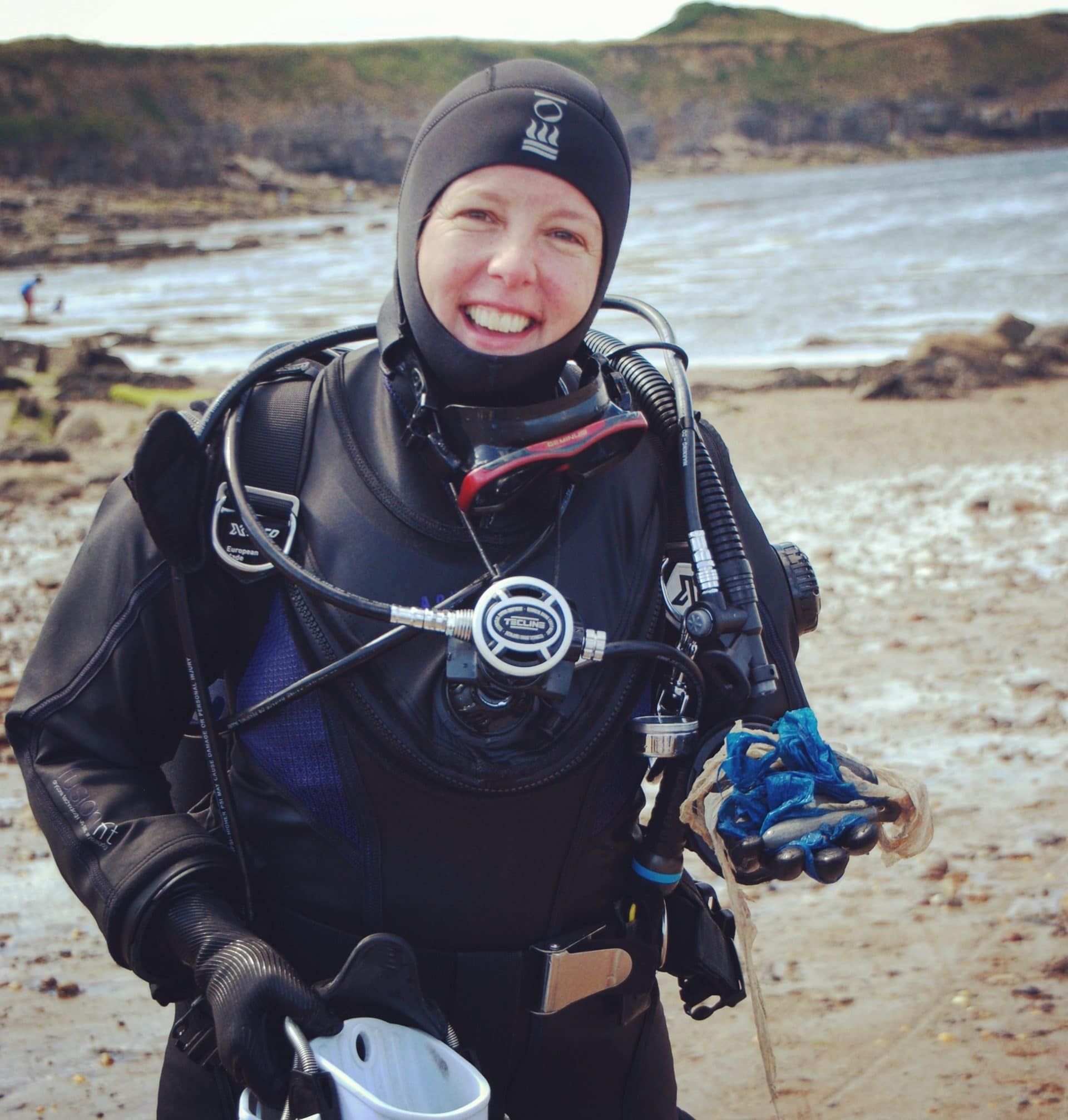 First in a new series of Blog’s from The Fifth Point’s Nic Emery… we are very excited to welcome Nic to the Scubaverse Blog Team!
First in a new series of Blog’s from The Fifth Point’s Nic Emery… we are very excited to welcome Nic to the Scubaverse Blog Team!
I’m walking my divers down to the jetty. The path from the centre is framed by pristine rainforest enveloping the steep mountains to one side, and the golden sands with crystal clear waters lapping against it on the other. We’re chatting away about the day ahead, and what we can expect to see in the tropical waters of the South China Sea.
Hop on the boat and during the lazy hour or so drive we’re accompanied by dolphins playing on the bow wave and flying fish taking advantage of the wake.
My team of Divemasters spring up as we approach the first site and gather the divers for their briefing. Among the usual information on entry and exit procedures, signal recaps and the like, is the “don’t take, don’t touch, don’t tease” and “take only memories, leave only bubbles” spiel. It’s almost a cliché, the divers have heard it that many times. Obviously, they’re not going to do that – they’re not morons!
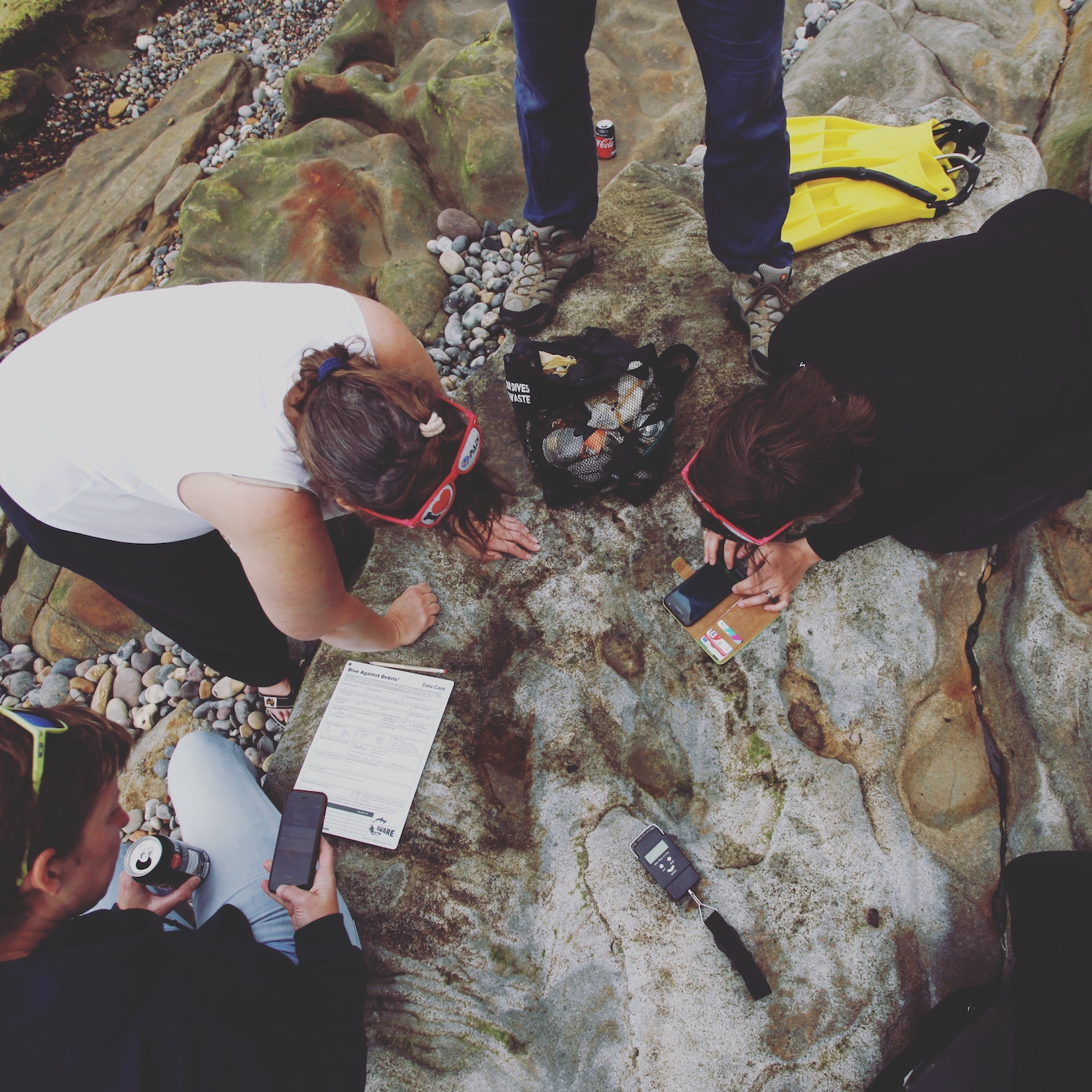
Flash forward a couple of weeks and the divers have returned home. They’re back ready to brave the cold waters of the UK. Suited and booted in what seems like a ton of lead compared to their holiday, they hit the water refreshed by the crispness of the North Sea. Off they go on their dive… AND IT’S A BL**DY FREE FOR ALL!
Lobsters are ragged from their holes and stuffed into goody bags alongside bullets and chunks of metal and anything that moves on a wreck. They’re clambouring over the boulders and not paying any regard to their buoyancy as they dump themselves down into what appears to be an empty sandy patch, lifting a cloud of silt into the water column.
All those good “warm water” habits have, for some inexplicable reason, been completely forgotten about. How come they don’t apply in the UK? If you were a diver in the tropics and had seen that kind of behaviour underwater, I’m pretty sure you’d have something to say about it back on the boat. But in the UK, it’s rarely challenged. In fact, more often than not, it’s embraced!
The trouble seems to lie with the general perception of cold water. It’s freezing therefore nothing could possibly live down there! It must be a pretty barren place and if there IS any life, it must be hard as nails to survive all that. The waves can be huge, so the creatures must be used to a good bashing around. That environment must be able to take whatever you throw at it.
Those who have not descended beneath the surface of the North Sea have never witnessed the beauty of the marine life that lives down there. You can understand why they’d think about the North Sea in that way. But UK divers have no excuse. They’ve seen it first-hand yet still have this belief that our cold oceans are sturdy so those rules of “no touch, no take” need not apply.
Well, I’m here to say that they ABSOLUTELY DO. We were a proud Green Fins member when we worked in the South China Sea. We reminded our divers before every single dive of the code of conduct we expected them to follow.
Take a look and tell me, with the exception of “no gloves”, which rules do not apply to UK diving and why?
![]()
Our cold-water habitats are just as fragile as any warm water coral reef. We have an abundance of soft coral and delicate anemones living on our rocky reefs that need the same care and attention as their tropical relatives. Holding on to rocks and kelp for stability (in the majority of circumstances) demonstrates an apathetic attitude towards using our buoyancy skills to their full. Even as an experienced diver, I still practise at every opportunity I get. Challenging myself to the perfect trimmed out hover while trying to accomplish some tricky underwater task. I encourage my students to do the same, performing course skills neutrally buoyant wherever possible.
I’m proud to say that my dive centre in the UK still follows the “no touch, no take” mantra that we were so used to in the tropics. Our only exception is when we come across some marine debris, which we absolutely remove and report our findings to Project AWARE.
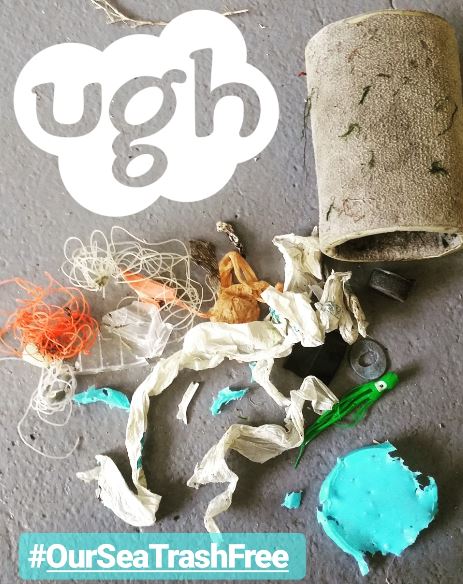
Use and practise your buoyancy skills on every dive. Don’t hold on to anything unless it’s the absolute last resort. Think before you remove something living from the water – are you really going to eat it or will it just end up in the bin? Ask yourself what you’re going to do with that artefact you want to take from the wreck – is it just going to sit in your garage?
Protect What You Love.
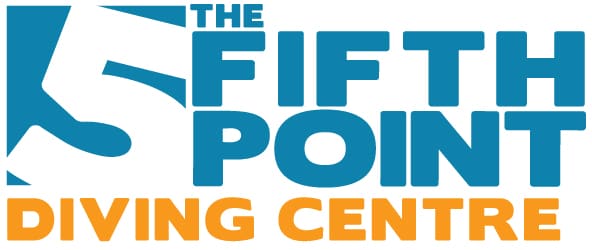 Visit www.fifthpointdiving.com for more.
Visit www.fifthpointdiving.com for more.
Blogs
TRAVEL BLOG: Jeff Goodman Dives SOMABAY, Part 3

Today we are diving one of the outer reefs from an inflatable. As we reach the bottom, a reef octopus eases its way into the cover of a small crack in the coral while displaying it’s incredible ability to change colour. They are arguably one of the most charismatic of reef dwellers and it is always exciting for me to simply hover and watch. I would have spent longer and waited for it to come and investigate me, but as dive time is limited we wanted to move on and find a turtle.
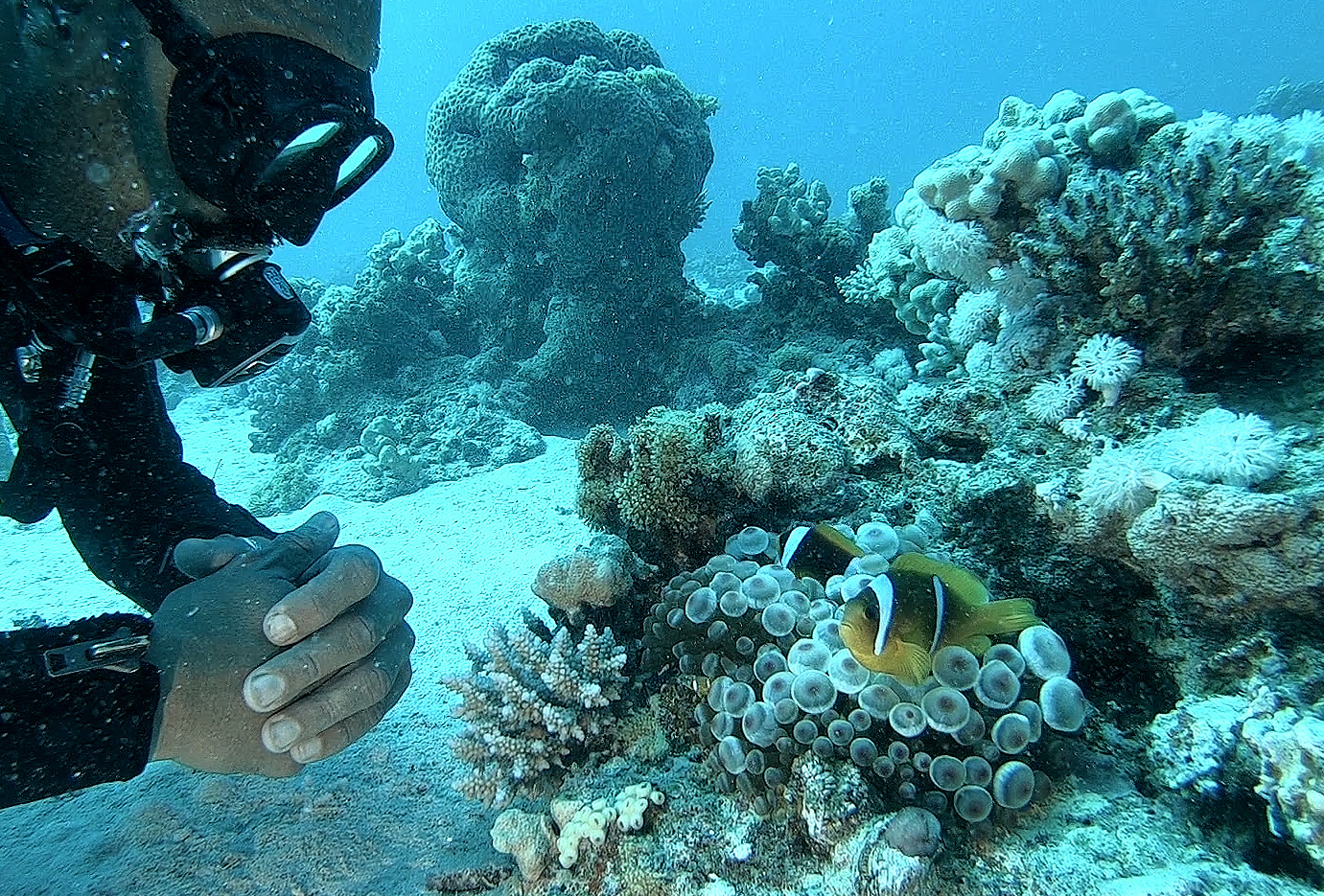
The waters around Somabay are well protected and hold a rich variety of marine life. The reef edges are thriving colonies of coral and shoaling fish, while nearer the sea bed plenty of wildlife is still to be found.
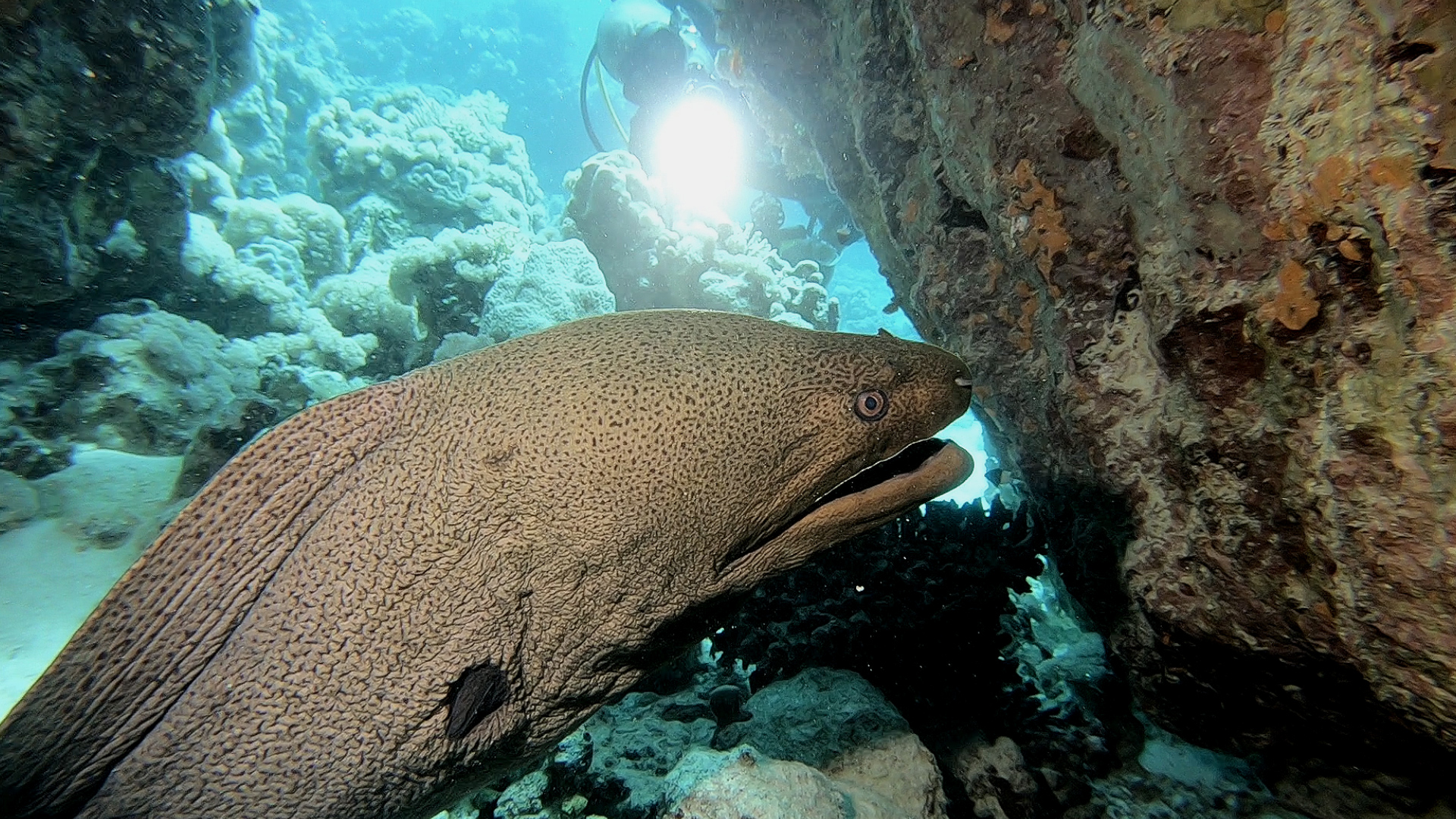
Then we located the turtles. They are very used to divers and so show little concern when slowly approached. In fact occasionally one will come over to see what you are doing. There is always huge excitement when diving with a turtle. The shear thrill of sharing a moment with another species.
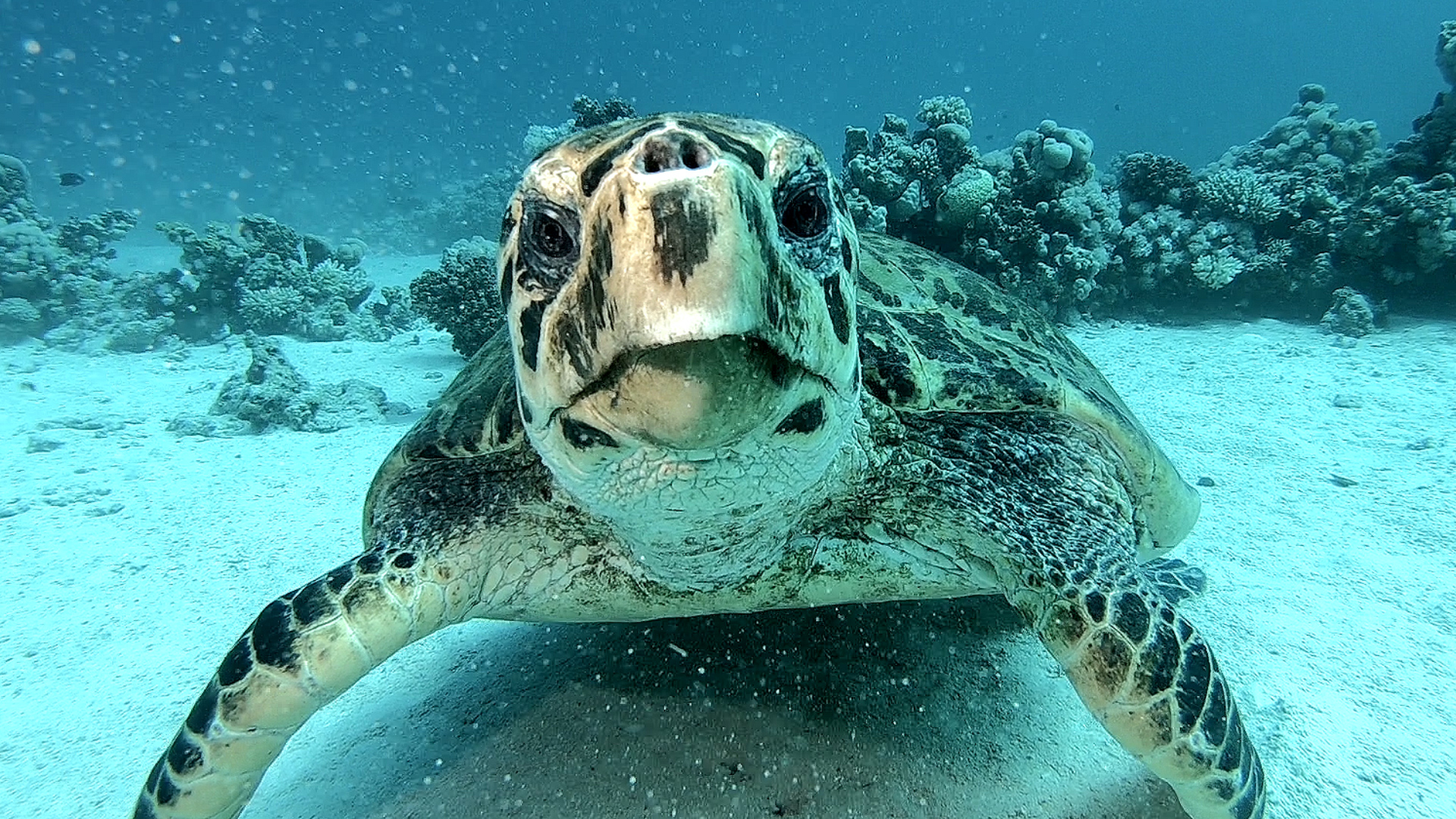
What a fantastic way to finish a wonderful few days diving and I would like to thank SOMABAY, ORCA DIVING and THE BREAKERS for making my stay such a good one.
I had a great time, with diving everyday either on the house reef or on one of the offshore reefs by inflatable or larger day boat. Orca diving provided high quality equipment and facilities while the staff were all very friendly and welcoming. The Breakers was right on the coast with nice rooms, good food and once again friendly staff making the whole trip a real pleasure.
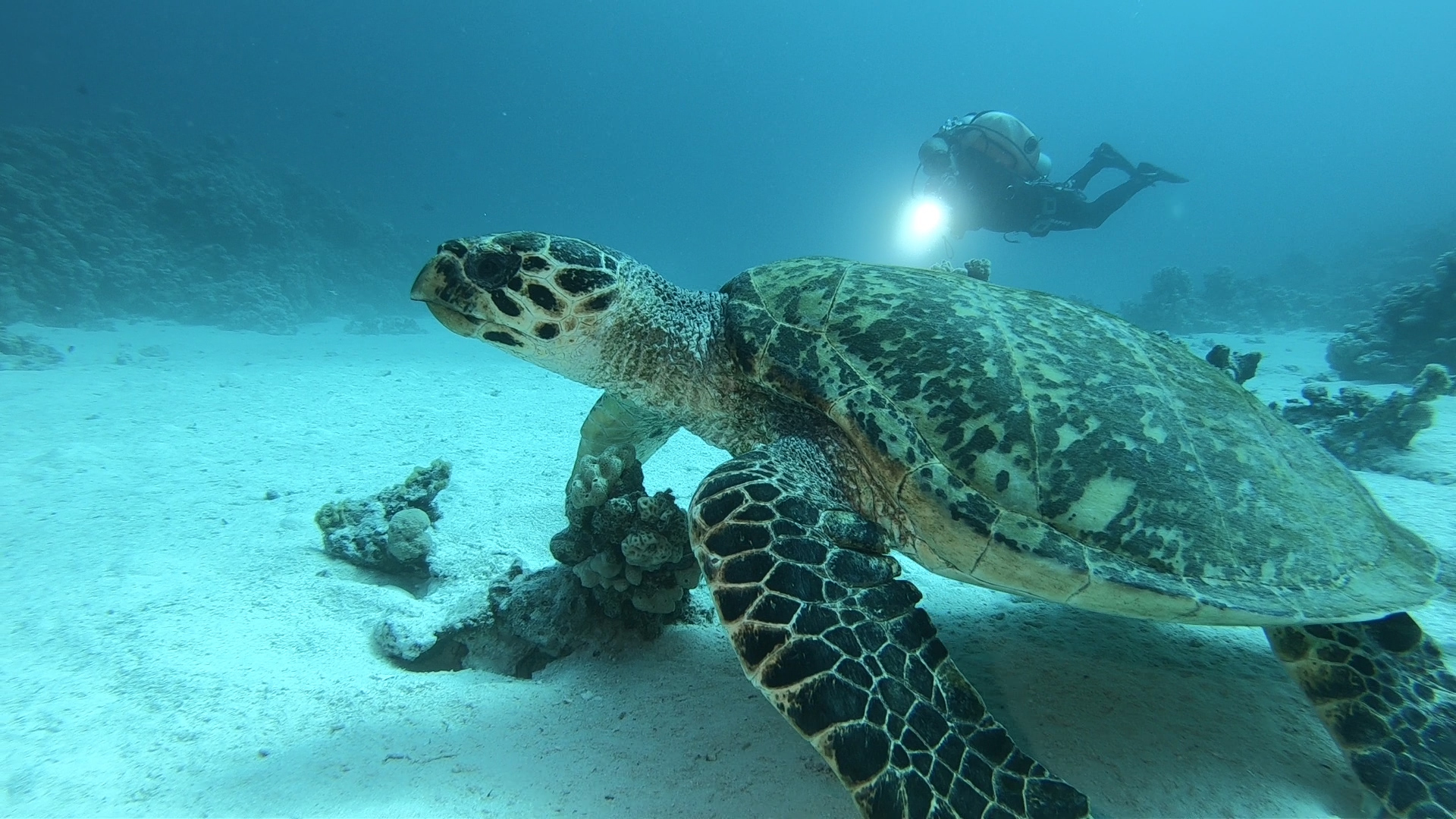
Soma Bay covers an entire peninsula and is home to several resorts as well as residential compounds.
As well as scuba diving, Somabay caters for many other sports and activities, and so is perfect for families as well as individuals and/or groups. And of course there is always time to lay peacefully on the beach under the Egyptian sun.
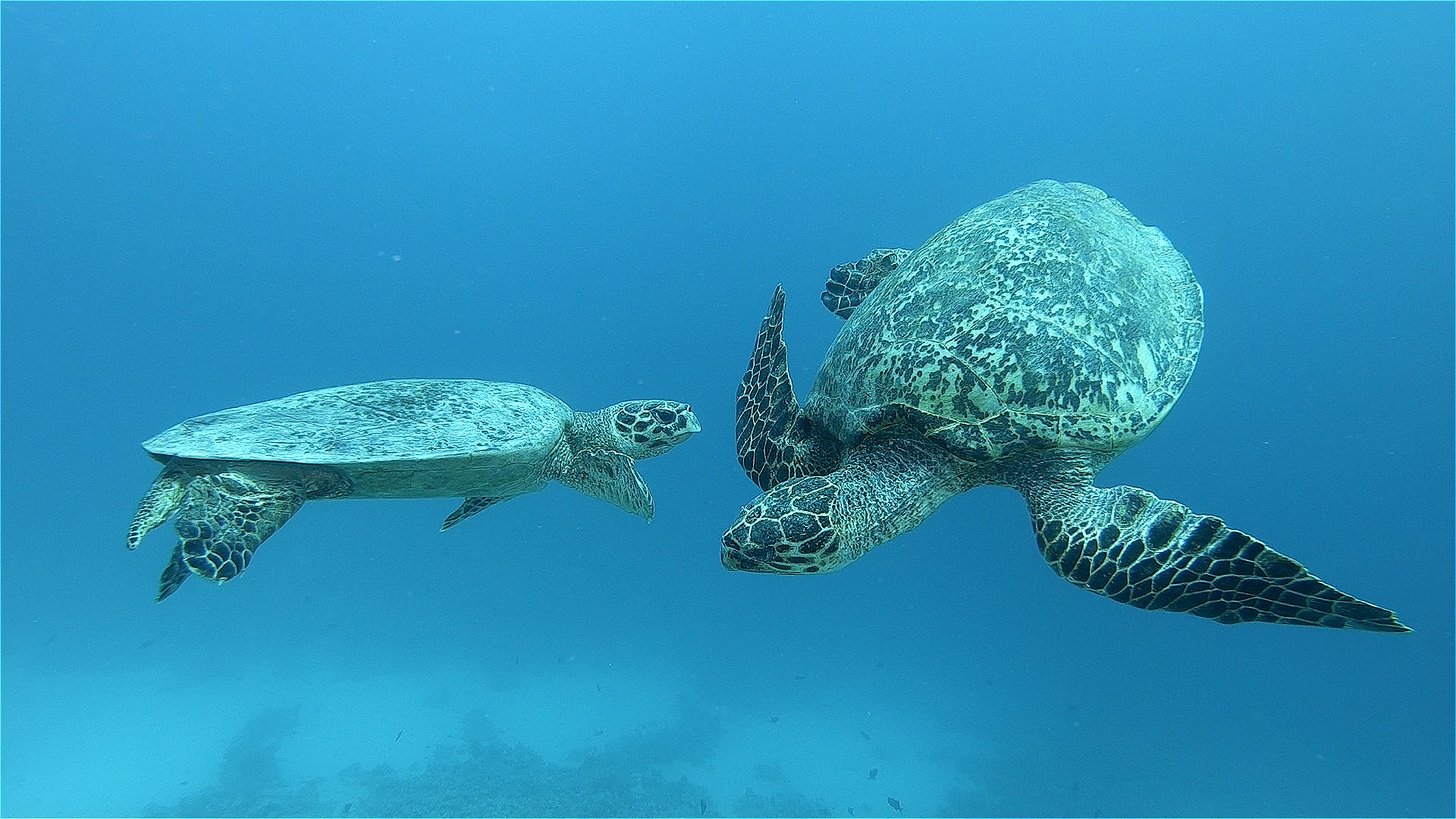
Book your next Red Sea dive adventure with SOMABAY! For more information, visit www.somabay.com.
Stay at the Breakers Diving & Surfing Lodge when you visit! For more information, visit www.thebreakers-somabay.com.
Find out more about ORCA Dive Clubs at SOMABAY at www.orca-diveclubs.com/en/soma-bay-en.
Blogs
TRAVEL BLOG: Jeff Goodman Dives SOMABAY, Part 2

Day three of my trip to Somabay and we were spending the day on the Lady Christina and diving on the wreck of the Salem Express.
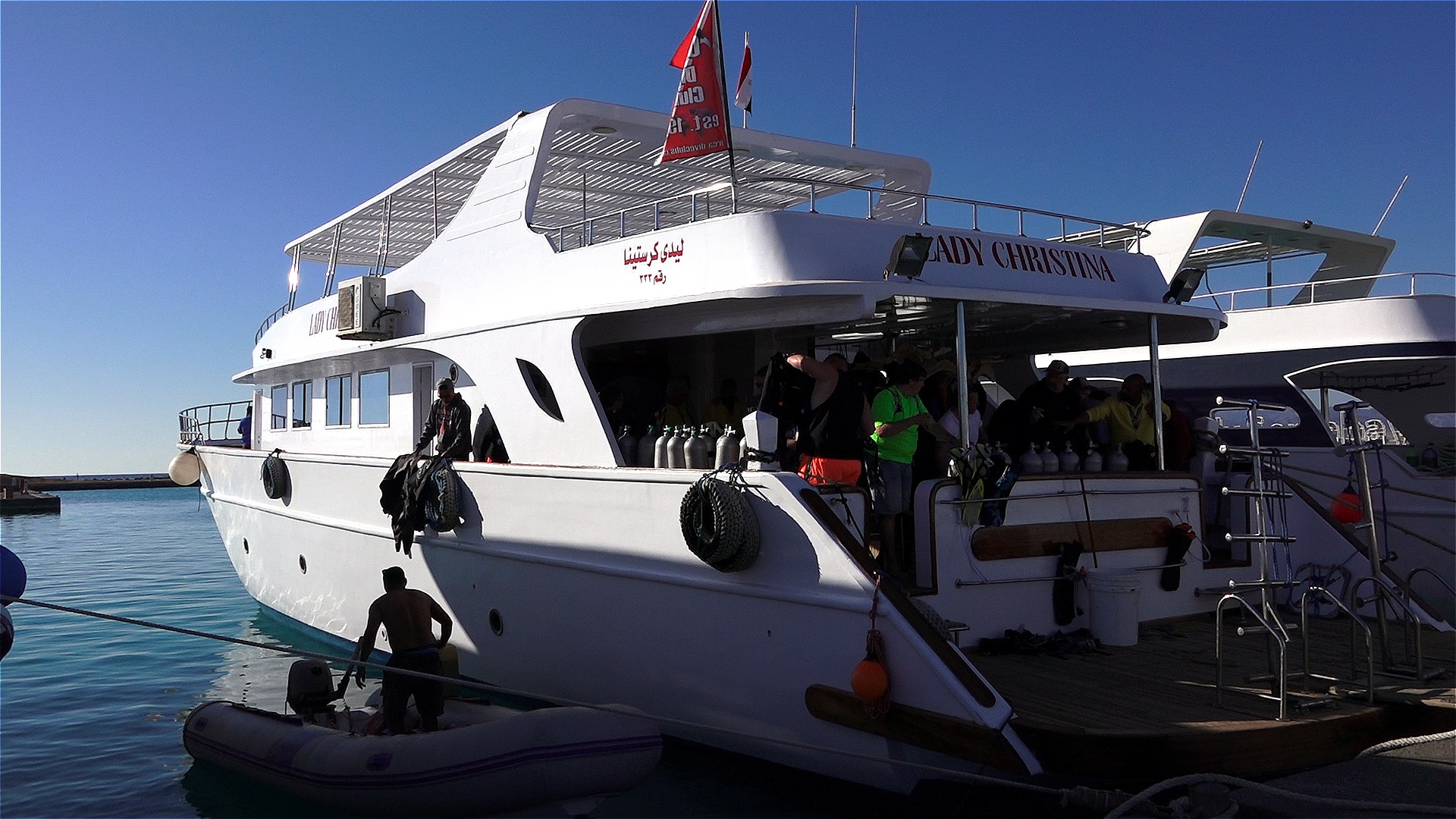
Diving wrecks for me is always one of mixed emotions. The excitement of diving a wreck is more than often tempered by the thought of loss of life when she sank. The Salem Express was a passenger ship and a roll-on/roll-off ferry travelling from Jeddah, Saudi Arabia to Safaga, Egypt. Most passengers were of poor class travelling home from their holidays while around 150 people were returning home from their pilgrimage to Mecca.

The ship struck a reef and sank within 20 minutes. Passengers were trapped below deck and the ship was filled with fear and panic.

The wreck area is strewn with personal belongings from the crew and passengers such as a transistor radio and a flat iron for clothes. A diver at sometime has put them in a prominent place to be seen.

Tragically only one life boat was launched while the others went down with the ship. More than 600 men, women and children lost their lives here.

It’s a stark reminder that the sea can be unforgiving and so when we dive on such wrecks we should do so with humble regard.
Returning to the surface, shoals of fish are gathered under our boat and seem to be welcoming us back into the light.
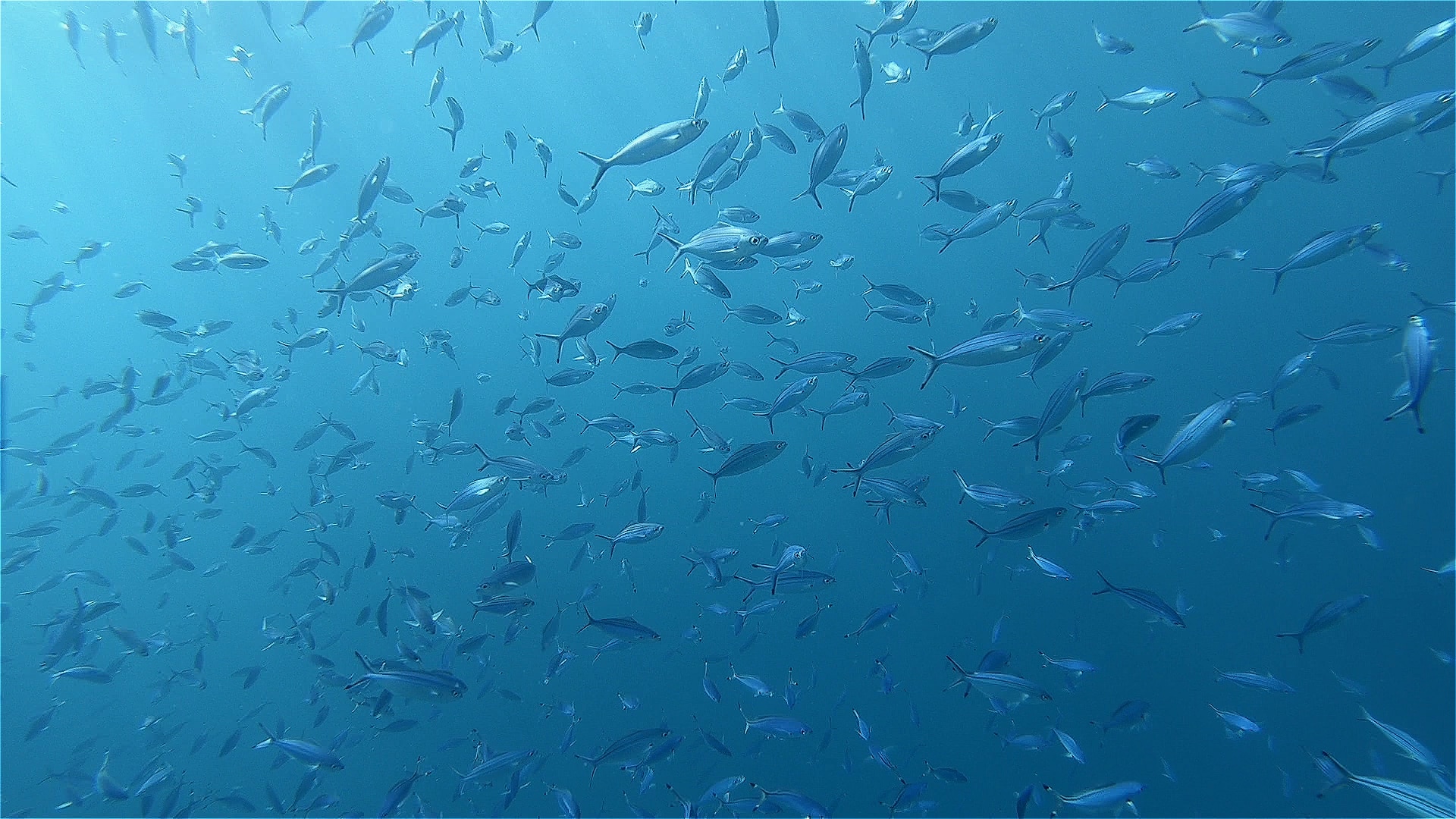
Back at the Breakers I sat in the dining area with a beer and a very good meal while my thoughts still remained with the day’s dive on the Salem Express.
Check in for part 3 tomorrow for Jeff’s last day of diving with Somabay on the off-shore reefs looking for turtles.
Book your next Red Sea dive adventure with SOMABAY! For more information, visit www.somabay.com.
Stay at the Breakers Diving & Surfing Lodge when you visit! For more information, visit www.thebreakers-somabay.com.
Find out more about ORCA Dive Clubs at SOMABAY at www.orca-diveclubs.com/en/soma-bay-en.
-

 News3 months ago
News3 months agoHone your underwater photography skills with Alphamarine Photography at Red Sea Diving Safari in March
-

 News2 months ago
News2 months agoCapturing Critters in Lembeh Underwater Photography Workshop 2024: Event Roundup
-

 Marine Life & Conservation Blogs2 months ago
Marine Life & Conservation Blogs2 months agoCreature Feature: Swell Sharks
-

 Blogs1 month ago
Blogs1 month agoMurex Resorts: Passport to Paradise!
-

 Gear News3 months ago
Gear News3 months agoBare X-Mission Drysuit: Ideal for Both Technical and Recreational Divers
-

 Blogs2 months ago
Blogs2 months agoDiver Discovering Whale Skeletons Beneath Ice Judged World’s Best Underwater Photograph
-

 Gear Reviews2 months ago
Gear Reviews2 months agoGear Review: Oceanic+ Dive Housing for iPhone
-
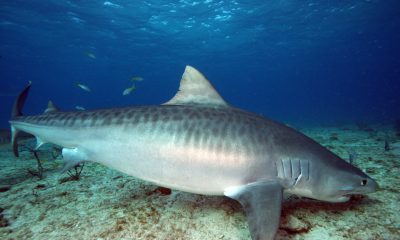
 Blogs3 months ago
Blogs3 months agoThe Thrilling Encounter with Tiger Sharks at Beqa Lagoon’s ‘The Colosseum’ with Coral Coast Divers













